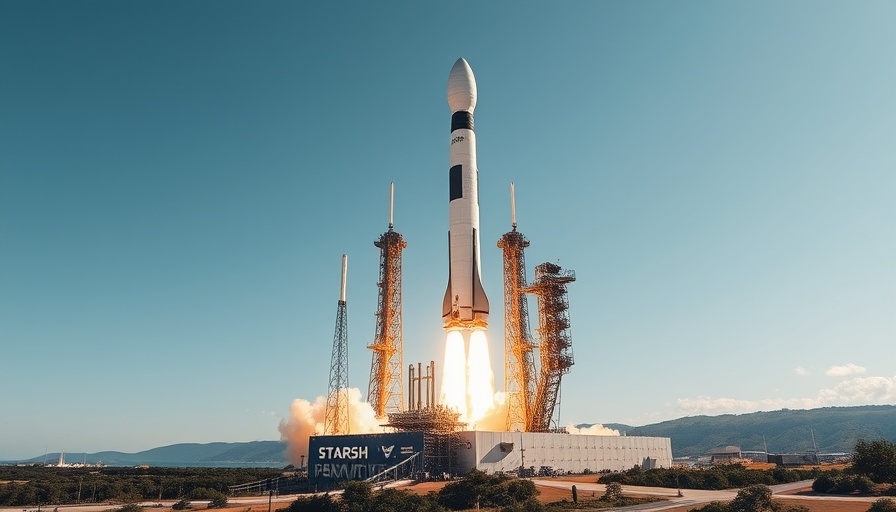
Understanding the Evolution of Google Photos' Search Capabilities
In the fast-paced world of technology, innovation is critical, and Google is at the forefront with its latest enhancement to Google Photos. Recently, the tech giant announced a merge between traditional search methods and new artificial intelligence (AI) features to optimize how users find and interact with their digital photos. This introduction follows a challenging rollout period where users reported issues of slowness and reliability with the AI-powered 'Ask Photos' feature, highlighting the need for continual improvement in user experience.
The Role of AI in Enhancing User Experience
Artificial intelligence is revolutionizing the tech industry, and Google’s Gemini technology is leading the charge in transforming how we search within Google Photos. By utilizing natural language processing, users can simply ask for what they need—whether it's "photos from last summer" or "my dog playing at the park". This is a significant shift from manual searches based on tags or dates, allowing for a more intuitive experience, but it was evident that initial responses were not meeting consumer expectations.
Challenges and the Path Forward
After being initially met with frustrations regarding performance, Google's product team recognized the urgent need to refine the 'Ask Photos' capability. Jamie Aspinall, Google Photos product manager, candidly acknowledged the shortcomings on X, mentioning concerns over response times and overall quality. This pause in rollout gave them the opportunity to integrate the speed of their classic search method with the algorithmic strengths of AI for better recall ability. With these improvements, users can now receive faster initial results while the AI processes more complex queries in the background.
The User Interface: A Blend of Old and New
The redesign of Google Photos’ search functionality marks a crucial turning point in how users navigate their media libraries. With a dual interface offering both classic search and AI-enhanced suggestions, users can tailor their experience based on preference. For example, when searching for a "white dog," users immediately see related thumbnails, while more refined results populate shortly thereafter with additional insights. This speaks to Google's commitment not just to innovate, but to adapt based on feedback and user interaction.
Eligibility and Accessibility
To ensure that quality is maintained, there are stipulations for using the 'Ask Photos' feature. Users must be over 18 and set their accounts to the English language while enabling Face Groups, a tool that allows identification of people and pets in their photos. These requirements help create a controlled environment that enhances both functionality and user experience.
Looking Ahead: The Future of Google Photos and AI
The progression of Google Photos suggests a significant trend toward integrating AI across industry platforms. As this technology continues to evolve, we may be looking at a future where digital categorization and search functionalities become even more seamless, dramatically changing how individuals curate memories within their personal collections. Future updates may expand beyond images, allowing for deeper recognition of scenery, events, or contexts within the photos.
Conclusion: The Importance of Adaptive Technology
The merger of classic search capabilities with AI innovation in Google Photos exemplifies the core of adaptive technology. Navigating a digital landscape filled with countless images can be overwhelming, but Google's improvements promise a more efficient, user-friendly experience. The focus will remain on refining this balance between speed and precision, highlighting the importance of user feedback. Embracing these advancements will empower users to effortlessly find and cherish their digital memories, as they continue to accumulate in an increasingly visual world.
As technology continues to advance, staying updated with the latest tech news will be essential for users who seek to harness the full potential of AI in their everyday lives.
 Add Row
Add Row  Add
Add 



Write A Comment